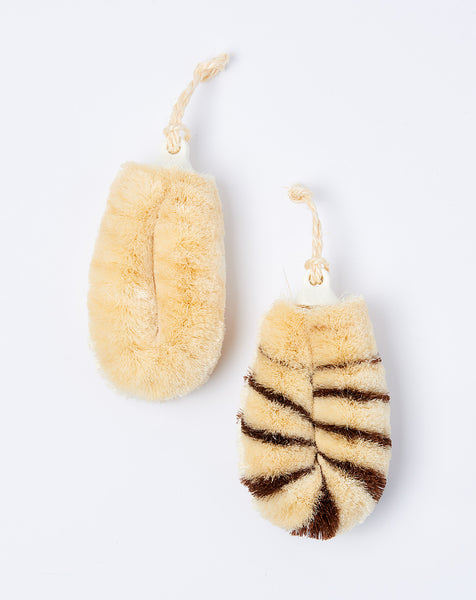

They cleaned air-conditioner filters and bathtubs with ease. The Kamenoko Tawashi is one of the most ubiquitous household cleaning tools in Japan. It is not just a product that goes unused in the corner of one's kitchen.Īfter visiting the store, the MATCHA editorial team tried out the scrubbing brushes at home.

With the fine quality that can be used three times longer. Original KAMENOKO TAWASHI, the more than 100 years long seller TAWASHI. On the other way, the strength of the fiber make it unsuitable for the delicate meterial.
#KAMENOKO TAWASHIUMEZAWA STOOL SKIN#
These scrubs have become an indispensable product for kitchens and bathhouses in Japan. It is suitable for taking out the dirt and a thin skin of a roots crops, and also a dirt that get into the colander’s mesh.

The soft yet sturdy brush and its eye-catching orange packaging is a household staple in Japan. Another common use of the brushes is to clean the skin of fresh vegetables such as carrots, radishes, potatoes, etc. Made by Tokyo-based Kamenoko Tawashi, this donut-shaped scrubber is a traditional Japanese tawashi. Thanks to the corporate effort of Kamenoko Tawashi, consumers can use the incredible product every day. Traditional Tawashi Sponge for Everyday Use. The high-quality and inventiveness these products continue to meet the expectations of modern society for practicality. The Kamenoko Tawashi brand has thrived and been supported by Japanese artisans for over a century. It is an item that our MATCHA editorial team was particularly drawn to! Kamenoko Tawashi - Traditional and Modern Japanese Craftsmanship Get the Kamenoko Tawashi on tote bag is sold exclusively in stores and is both retro and modern at the same time. Nishio thought his invention resembled the reptile, revered for its longevity and a symbol of good luck in Japan. Nishio was inspired by his wife's ingenious hack, and thus, the Kamenoko Tawashi was born!Īs for the name, kamenoko means "baby turtle," and tawashi means "brush" in Japanese. Since then, KAMENOKO TAWASHI has been supporting the Japanese. The hemp palm fiber coiled up with a wire TAWASHI is the invention of cleaning. TAWASHI means hand brush without handle, made by natural fiber. La suspensión del cepillo en el ojo prolonga la vida útil. Es fácil de sujetar, se puede utilizar en seco o en húmedo, es resistente y duradero. Until then, a bud of straws or rope are used for cleaning. Cepillo japonés »Kamenoko tawashi« Descripción Fabricante Este cepillo de fibra de palma natural es ideal para limpiar herramientas de jardín u objetos de madera como tablas de cortar. Using scraps from the failed doormat, his wife fashioned a makeshift scrubber brush to clean the house. KAMENOKO TAWASHI was found for more than 100 years ago in Tokyo, Japan. Fortunately, he didn't throw out his doormat prototype. Sadly, someone had beat him to this idea – and to the patent – so his dreams of being the palm bristle doormat inventor were dashed. Invented in 1907, these durable handmade scrub brushes are used to clean pots and pans, kitchen sinks, bathtubs, floors, dirty boots, and anything else that can use a heavy-duty scrubbing.Īside from its functionality, this iconic Japanese scrubber has a fascinating backstory: Its origin arose from a failed invention! Seizaemon Nishio originally created a doormat using hemp palm fibers. The Kamenoko Tawashi is one of the most ubiquitous household cleaning tools in Japan.


 0 kommentar(er)
0 kommentar(er)
